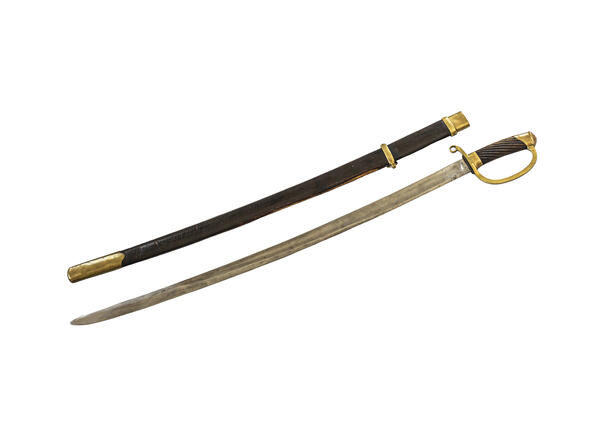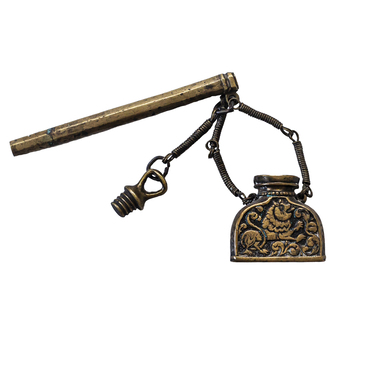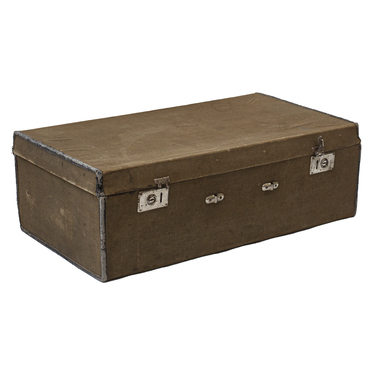In 1881, the cavalry and dragoon sabers, which were carried by the officers of the lower ranks, were replaced by shashkas. A year later, according to a new edict, the officers of the Guards Cavalry Division were allowed to carry backswords and sabers as part of their peacetime parade uniforms.
During the Russian Civil War, the Red and White armies often used the 1881 sabers. The weapon was produced by the Zlatoust factory in the Urals. The White Army command planned to evacuate the factory to Siberia in case of retreat. In June 1919, it became clear that the strategic initiative had passed into the hands of the Reds, and the Urals would soon be abandoned. Preparations for the evacuation began.
On July 1, engineer Ivanov was sent to Tomsk and instructed to establish a base to launch production at the new location. On the same day, chief mining engineer Georgy Bostrem signed the decree:
During the Russian Civil War, the Red and White armies often used the 1881 sabers. The weapon was produced by the Zlatoust factory in the Urals. The White Army command planned to evacuate the factory to Siberia in case of retreat. In June 1919, it became clear that the strategic initiative had passed into the hands of the Reds, and the Urals would soon be abandoned. Preparations for the evacuation began.
On July 1, engineer Ivanov was sent to Tomsk and instructed to establish a base to launch production at the new location. On the same day, chief mining engineer Georgy Bostrem signed the decree:



